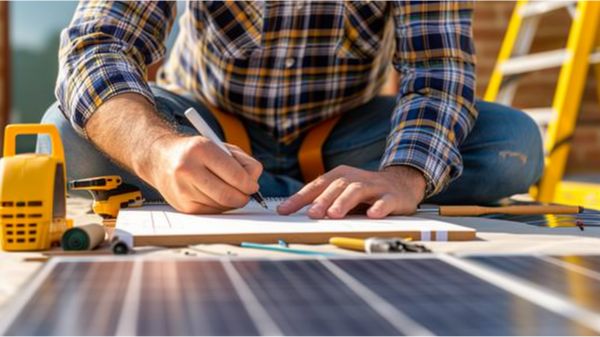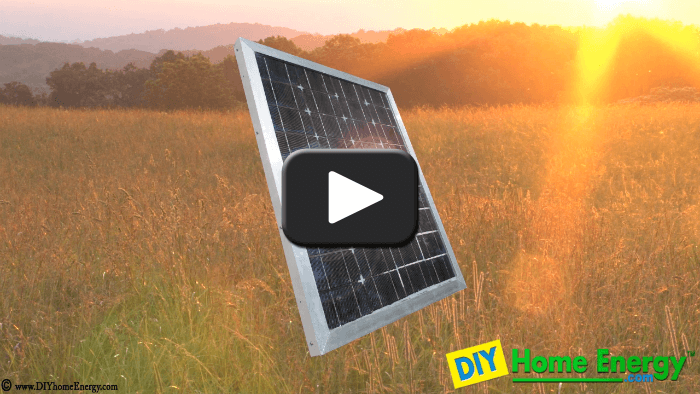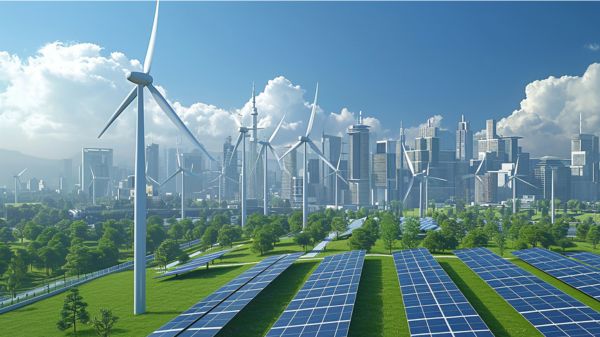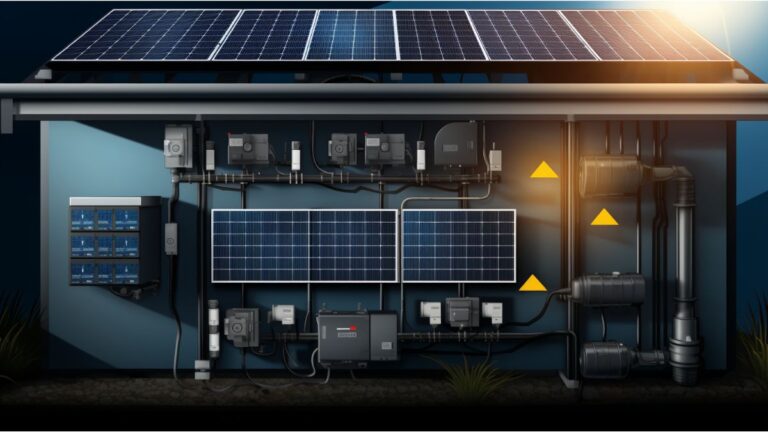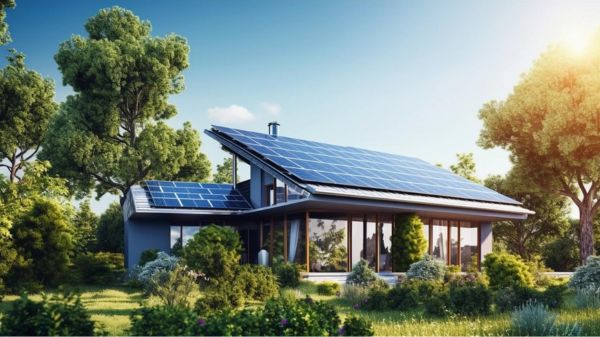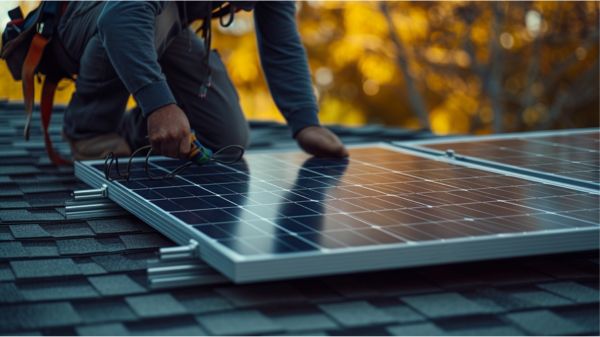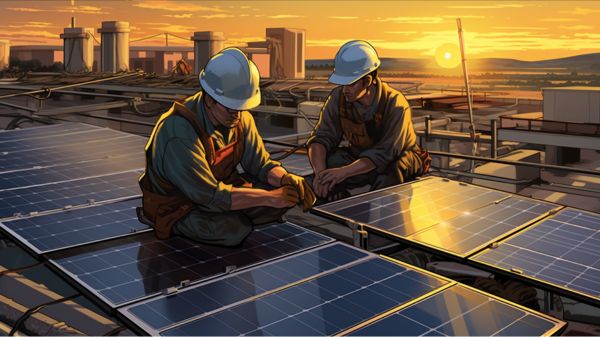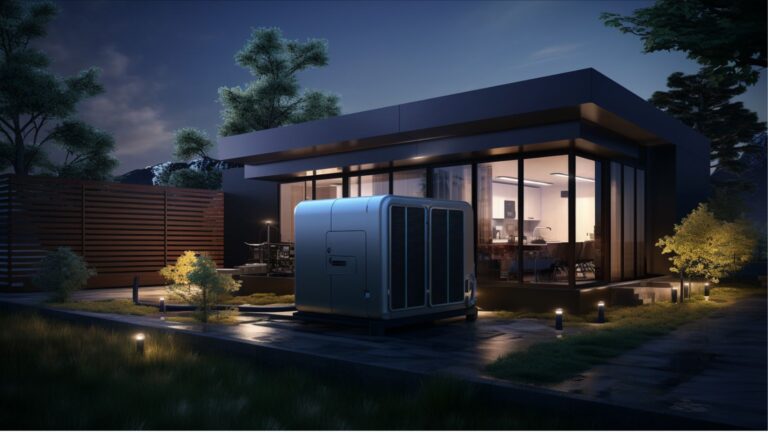5 Essential Tips for Efficient Solar Power System Design
As the saying goes, “Failing to plan is planning to fail.” When it comes to designing an efficient solar power system, careful consideration and strategic planning are crucial. In this discussion, we will explore five essential tips that will help you optimize your solar power system design.
From assessing your energy needs and analyzing the site to selecting the right technology and components, we will cover every aspect of the process. So, whether you’re a homeowner or a business owner looking to harness the power of the sun, stay tuned to discover the key elements that will make your solar power system design a success.
Key Takeaways
- Assess electricity consumption and peak demand periods to accurately size the solar power system.
- Conduct a thorough site analysis to determine the solar potential, considering factors like roof orientation, shading, and available space.
- Select solar panel technology and components based on efficiency, cost, and flexibility to maximize energy production and returns on investment.
- Implement performance monitoring and system optimization measures to track performance, identify issues, and continuously improve efficiency and financial benefits.
Assessing Energy Needs and Site Analysis
Assess your energy needs and conduct a thorough site analysis to determine the solar potential of your location. Before designing your solar power system, it is crucial to understand your energy requirements. Evaluate your electricity consumption and peak demand periods to accurately size and capacity your solar panel system.
A comprehensive site analysis is also essential for optimal performance. Consider factors such as roof orientation, shading, and available space to determine the solar potential of your site. By assessing these factors, you can maximize the energy output and efficiency of your solar power system.
This site assessment is crucial in designing a solar system that meets your energy needs while contributing to sustainability and utilizing renewable energy. So, take the time to evaluate your energy requirements and conduct a thorough site analysis for a successful solar system design.
Selecting Solar Panel Technology and Components
Now that you have thoroughly assessed your energy needs and conducted a site analysis, it is time to carefully select the appropriate solar panel technology and components for your solar power system.
When selecting solar panels, consider the efficiency, cost, and flexibility of different options such as monocrystalline, polycrystalline, or thin-film panels. This will help ensure that you choose panels that are suitable for maximizing energy production and returns on investment for your solar PV system.
Additionally, select inverters, mounting systems, and wiring based on your budget, sunlight availability, and system size to ensure an efficient and reliable solar system.
Finally, optimize the placement and arrangement of the solar panels based on your energy consumption, available space, and sun exposure to achieve maximum energy production and efficiency.
Related Post: Best Solar Panels for Limited Space, Warm Climates, and Warranty.
Sizing and Layout Design
To ensure optimal energy production and efficiency, carefully determine the appropriate sizing and layout for your solar power system. The sizing of your solar photovoltaic (PV) system is crucial for maximizing its performance and ensuring a good return on your solar investment.
Consider factors such as energy consumption, available space, sun exposure, and local solar irradiance when designing a solar system. Calculate the system size based on desired energy output, panel efficiency, and local solar conditions.
Additionally, the layout of your solar panels plays a significant role in energy system performance. Aim to optimize the placement of panels by considering the ideal angles between 30 and 45 degrees.
Take into account geographical location and shading to determine the size and placement of panels for optimal system performance.
| Factors to Consider | Tips for Solar System Sizing and Layout Design |
|---|---|
| Energy consumption | Calculate desired energy output and consider available space. |
| Sun exposure | Determine the optimal panel angles (between 30 and 45 degrees) for maximum energy production. |
| Local solar irradiance | Consider local solar conditions and calculate system size based on panel efficiency. |
| Geographical location and shading | Take into account geographical location and shading to determine panel size and placement. |
| System performance | Optimize the layout for maximum energy production and efficiency. |
Related Post: Best Solar Panel Battery Bank for Home: The Ultimate Guide.
Electrical Design and Wiring
Proper electrical design is crucial to ensure the safe and efficient operation of your solar panel system. When designing your solar power system, it is important to consider the following electrical components:
- Wire sizing, fusing, and protection devices: Selecting the appropriate wire size and implementing proper fusing and protection devices is essential to handle the electrical currents generated by your solar panels. This helps prevent overheating and ensures the longevity of your system.
- Inverters: Install inverters to convert the DC power generated by the photovoltaic (PV) panels into usable AC power. This allows you to power your electrical devices and appliances efficiently.
- Grounding and surge protection: Implementing grounding and surge protection measures helps safeguard your system from electrical faults and voltage surges. This is especially important when using AC current and different types of panels such as monocrystalline, polycrystalline, and thin-film panels.
Performance Monitoring and System Optimization
One key aspect of optimizing your solar power system is implementing a comprehensive performance monitoring plan. This is essential for successful solar system optimization and ensuring maximum returns on investment.
By using advanced monitoring platforms or devices, you can track the performance of your system and identify any issues or inefficiencies. Monitoring data can help you understand the power produced by your system and analyze energy consumption patterns.
Based on this information, you can make adjustments to optimize your system’s performance, such as repositioning solar panels to reduce shading and improve energy generation.
Continuously optimizing your solar power system through performance monitoring is crucial for achieving the highest level of efficiency and maximizing the financial benefits of your investment.
Related Post: Efficiency and Safety: Unveiling the Best Solar Charge Controller.
Conclusion
In conclusion, by following the 5 essential tips for efficient solar power system design, you can ensure a successful and effective installation. However, some may argue that the cost of installation is too high.
To address this objection, consider the long-term financial benefits, such as potential savings on electricity bills and available incentives or rebates. Additionally, visual representations of the projected energy savings can help to demonstrate the value of investing in solar power.
